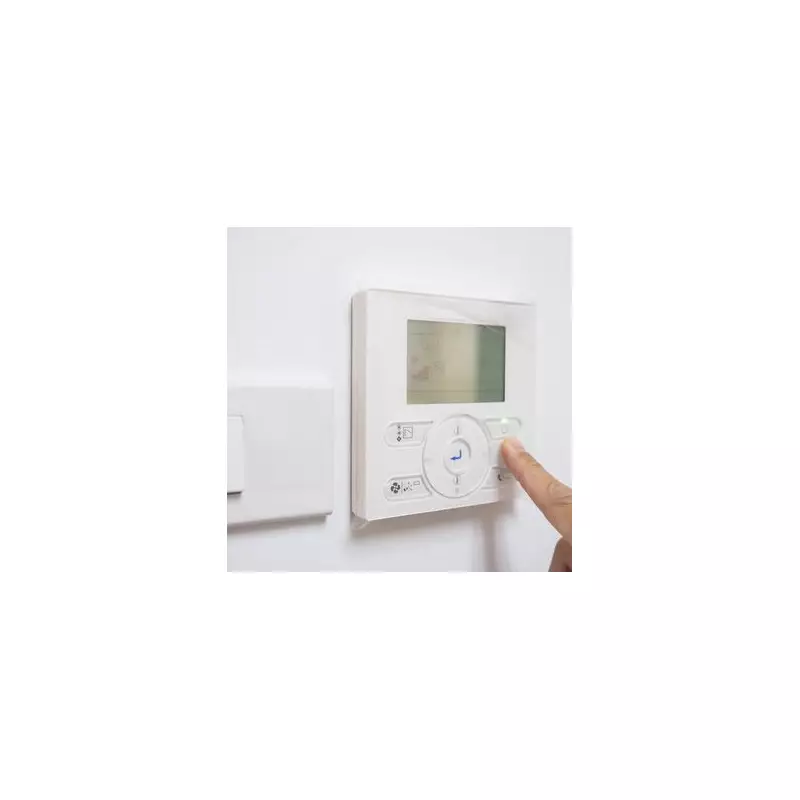
As December looms and a recent cold snap grips Britain, households across the nation are reaching for their thermostats. With energy bills a constant concern, knowing how to use your heating system effectively is more crucial than ever.
The Golden Temperature Rule
David Doran, a plumbing specialist from Blackstone Plumbing and Heating Ltd, consulted by Yell, offers clear guidance. He advises homeowners to consider switching their heating on when indoor temperatures consistently fall below 18C (64F).
For elderly or vulnerable individuals, he recommends maintaining a slightly warmer ambient temperature of around 20C (68F). David notes that mid-October typically marks the point when temperatures begin to drop, making it a common time to fire up the boiler.
Common Heating Mistakes and How to Fix Them
David highlights several frequent errors that can lead to inefficiency and higher costs for British homeowners.
1. Neglecting Your Radiators
A primary mistake is failing to bleed radiators. Trapped air creates cold spots and drastically reduces the system's efficiency, leading to uneven heating and inflated energy bills.
Signs your radiator needs bleeding include cold patches, particularly at the top, and radiators that take much longer than others to heat up fully. You can perform a simple check by releasing a small amount of water from the radiator valve into a container. Staying on top of this maintenance prevents needless expenditure. If unsure, contact a local plumber for an assessment.
How to Bleed a Radiator
Start by turning your central heating on and letting it run to identify all cold spots. Once located, switch the heating off. You will need a radiator bleed key (a flathead screwdriver often works) along with a cloth and a bucket.
Find the small valve, typically at the top of the radiator. Place the bucket beneath it. Insert your key or screwdriver, hold the cloth underneath, and turn the key anti-clockwise about one-and-a-half turns. A hissing sound indicates air is escaping. Once the hissing stops and water flows out steadily, close the valve tightly. Turn your heating back on to check if the radiators now heat evenly.
2. The Constant Heating Myth
Contrary to popular belief, David states it is not more economical to leave your heating on low all day. He advises, "It's generally more efficient to heat your home only when needed." Using a timer or a smart thermostat helps maintain comfort while reducing energy waste.
He also warns that cranking the thermostat to a high temperature will not heat your home faster. It only forces the boiler to work longer, consuming more energy. David recommends setting your thermostat to a sensible 18C to 21C (64F to 70F) for optimal comfort and efficiency.
3. Blocking Heat Flow
Many people inadvertently reduce their heating's effectiveness by placing large furniture or thick curtains in front of radiators. This obstructs heat distribution. David urges households to "ensure radiators have enough space around them to allow warm air to circulate freely."
4. Overnight Heating Costs
While tempting on cold nights, leaving the heating on high overnight is unnecessary and expensive. David suggests lowering the thermostat or using programmable schedules during sleep hours. As alternatives, he recommends using thicker duvets and warm pyjamas. A good tactic is to set the heating to switch off 20 minutes before you go to bed, capitalising on the residual warmth.
5. Heating Unused Rooms
Heating every room to the same temperature is inefficient, especially if some spaces are rarely used. David's solution is to install thermostatic radiator valves (TRVs). These allow you to control the temperature in each room individually, leading to significant energy savings. Start with TRVs set to low and gradually increase them until the room reaches the desired temperature.
By following this expert advice, you can stay warm this winter without facing shocking energy bills, ensuring your home is both cosy and cost-effective.





